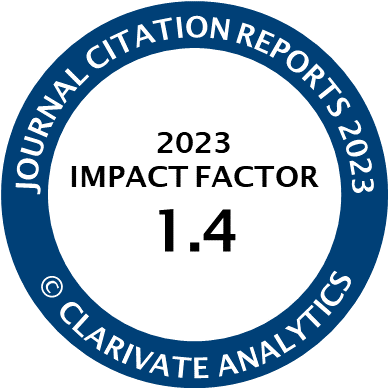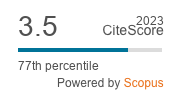Article | Open Access
Responding to the Dutch Asylum Crisis: Implications for Collaborative Work between Civil Society and Governmental Organizations
| Views: | 2929 | | | Downloads: | 2214 |
Abstract: Between 2015 and 2016, the Netherlands experienced an asylum crisis, one that directly affected organizations working with refugee reception and integration. Besides civil society and governmental organizations (CSOs and GOs), the period also saw individuals coming together to form emergent CSOs (ECSOs). We look at these organizations to determine whether their work brought a shift in Dutch practice and policy with regarding refugee reception. We also examine literature concerning crisis governance, participatory spaces, and refugee reception governance. Finally, we investigate the views and experiences of individuals from selected organizations that played an active role during the crisis. This explorative research is based upon a qualitative and interpretative study involving panel discussions, document analysis, and interviews, conducted between 2017 and 2018 by the Refugee Academy at the Vrije Universiteit Amsterdam. We show circumstantial and interorganizational elements that enhanced and hampered interactions between ECSOs, CSOs, and GOs. We argue that shared activities during the crisis may have created possibilities for durable forms of collaboration and for the inclusion of civil society groups in a debate mostly dominated by GOs.
Keywords: asylum crisis; civil society organizations; collaboration; crisis governance; governmental organizations; participation; refugee reception
Published:
© Robert Larruina, Kees Boersma, Elena Ponzoni. This is an open access article distributed under the terms of the Creative Commons Attribution 4.0 license (http://creativecommons.org/licenses/by/4.0), which permits any use, distribution, and reproduction of the work without further permission provided the original author(s) and source are credited.




